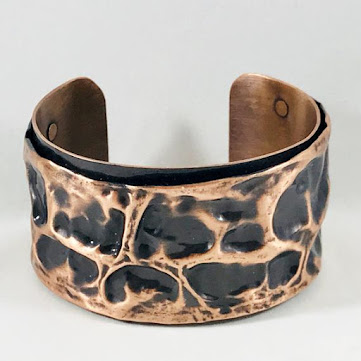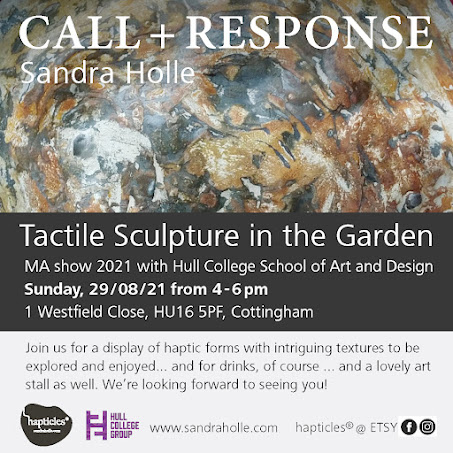Metalwork, Foldforming, Charles Lewton-Brain
As mentioned before, I appreciate the properties of metal as an element in my work - It's pliable, visually interesting and demonstrates decline when exposed. In what way I would incorporate metal, how I would manipulate it, I only have started to explore.
I am currently trying wire looping, creating patina, observing fire scale and colours that emerge through heat treatment. In the process of getting the most of my blowtorch, I also realised that the flame gives the concrete block I use to protect my work surface a very intriguing surface.
 I'm also looking into a relatively new technique of metal smithing called fold forming. The man who initiated/invented this work form is called Charles Lewton-Brain. In his book he explains step by step how to approach the different folds and shares his wealth of knowledge and experience.
I'm also looking into a relatively new technique of metal smithing called fold forming. The man who initiated/invented this work form is called Charles Lewton-Brain. In his book he explains step by step how to approach the different folds and shares his wealth of knowledge and experience.Starting point is always a piece of sheet metal, mostly copper, that is folded, then heated up to glowing temperature (annealed) in order to make the metal workable again. Then the fold can easily be opened and defined before adding another fold to repeat the principle. The ways these folds are being defined are very versatile. Depending on the shape (peen) of the hammer and which side of the folded piece is being worked, there are endless possibilities to create three-dimensional forms.
Here are some examples of of fold formed metal pieces:











Comments
Post a Comment